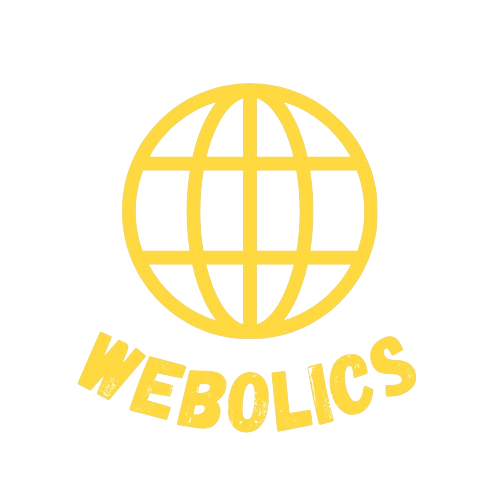Innovations In Sustainable Packaging

The concept of sustainability has gained significant traction in recent years, with individuals, businesses, and governments recognizing the urgent need to adopt eco-friendly practices. One area that has seen remarkable advancements is sustainable packaging. As the demand for products continues to rise, the packaging industry has been compelled to adapt and find innovative solutions that minimize waste, reduce carbon footprints, and promote a circular economy. In this article, we will delve into the world of sustainable packaging, exploring the latest innovations and their potential to transform the industry.
1. The Problem with Traditional Packaging:
Before delving into the innovations, it’s crucial to understand the environmental impact of traditional packaging. Conventional packaging materials, such as plastics, often end up in landfills or oceans, taking centuries to decompose. The production of these materials also requires significant amounts of fossil fuels, emitting greenhouse gases that contribute to climate change. The need for sustainable alternatives has never been more pressing.
2. Biodegradable Packaging:
One of the most significant innovations in sustainable packaging is the development of biodegradable materials. These materials, such as bioplastics, are derived from renewable resources like cornstarch or sugarcane. Bioplastics have similar properties to traditional plastics but are designed to break down naturally in composting conditions. They offer a viable alternative to petroleum-based plastics and significantly reduce the environmental impact of packaging.
3. Compostable Packaging:
Compostable packaging takes the concept of biodegradability a step further. Unlike biodegradable materials, which can break down in a variety of environments, compostable materials require specific conditions to decompose fully. Compostable packaging can be turned into nutrient-rich compost, providing a closed-loop solution that supports agriculture. It offers a sustainable alternative for food packaging and other perishable goods.
4. Recyclable Packaging:
Recycling has long been touted as a solution to reduce waste. However, traditional recycling processes face challenges due to contamination, lack of infrastructure, and limited markets for recycled materials. Innovations in recyclable packaging aim to address these issues. Companies are developing packaging materials that are easily recyclable, ensuring a higher likelihood of being processed into new products. Additionally, advancements in sorting and recycling technologies are making the recycling process more efficient and cost-effective.
5. Reusable Packaging:
While single-use packaging dominates the market, reusable packaging is gaining popularity as a sustainable alternative. Reusable packaging systems involve designing durable containers that can be returned, cleaned, and refilled multiple times. This reduces the need for constant production of new packaging materials and minimizes waste generation. Some companies are even implementing innovative tracking technologies to ensure the return and proper handling of reusable packaging.
6. Smart Packaging:
The advent of the Internet of Things (IoT) has paved the way for smart packaging, which combines sustainability with technological advancements. Smart packaging utilizes sensors and data collection capabilities to monitor product freshness, temperature, and other factors that affect quality. By optimizing inventory management and reducing food waste, smart packaging contributes to sustainability efforts. Additionally, it enables consumers to make informed choices, promoting sustainable consumption patterns.
7. Nanotechnology in Packaging:
Nanotechnology has emerged as a game-changer in sustainable packaging. By manipulating materials at the nanoscale, scientists are developing packaging films that offer improved barrier properties, extending the shelf life of products. This technology reduces food waste, as well as the need for preservatives and additives. Nanotechnology also allows for the creation of lightweight packaging, reducing material usage and transportation costs.
8. Edible Packaging:
Edible packaging is another exciting innovation gaining attention in sustainable packaging. By using edible films made from natural ingredients like seaweed or starch, companies are creating packaging that can be eaten alongside the product, eliminating waste entirely. Edible packaging offers a sustainable solution for individually wrapped items like snacks, candies, or condiments.
Conclusion:
Innovations in sustainable packaging are revolutionizing the way products are packaged, enhancing the circular economy, and minimizing the environmental impact. From biodegradable and compostable materials to reusable and smart packaging, manufacturers are embracing sustainability as a core value. As these innovations continue to evolve and gain mainstream adoption, the packaging industry is moving towards a greener future, where waste is minimized, resources are conserved, and consumer choices align with sustainability goals. The time has come for businesses and consumers alike to embrace these innovations and play their part in creating a more sustainable world.








